Tomato
Fruit Borer
Symptoms of damage
Identification of pest
Eggs: Eggs are sculptured and creamy white in colour, laid singly
Larva: Shows colour variation from greenish to brown. It has dark brown grey lines on the body with lateral white lines and also has dark band
Pupa: Brown in colour, occurs in soil, leaf, pod and crop debris
Adult: Female light pale brownish yellow stout moth, Male – Pale greenish moth V shaped speck.
Forewing: olive green to pale brown with a dark brown circular spot in the centre
Hindwing: is pale smoky white with a broad blackish outer margin

Larval damage

Larval damage
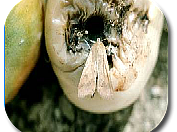
Adult damaged fruit
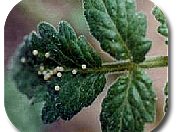
Egg

Larva
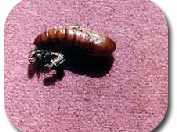
Pupa
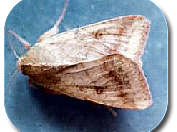
Adult
Management
Serpentine leaf miner
Symptoms of damage
Identification of pest
Larva: Minute orange yellowish apodous maggots
Pupa: Yellowish brown pupates within mines
Adult: Pale yellow in colour

Leaf mining damage
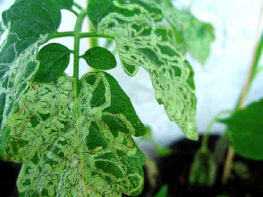
Mining in the leaf

Dried leaves

Adult
Management
Leaf eating caterpillar
Symptoms of damage
Identification of pest
Egg: Masses appear golden brown
Larva: Pale greenish with dark markings, gregarious in the early stages
Adult: Brownish in colour, Forewings are brown colour with wavy white marking, Hind wings are white colour with a brown patch along the margin
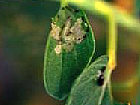
Larval feeding

Scrabbing
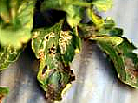
Foliar damage
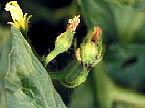
Flower damage
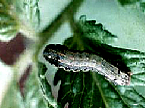
Larva
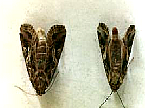
Adult
Management
Whitefly
Symptoms of damage
Identification of pest
Egg: Pear shaped, light yellowish, stalked
Nymph: On hatching - Oval, scale-like, greenish white
Adult: White, tiny, scale-like adults

Fruit damage
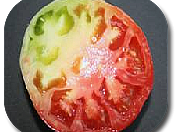
Silvery damage
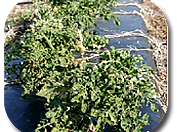
Tomato leaf curling
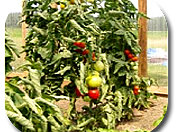
Tomato leaf curling

Nymphs and adult

Eggs and Adult
Management
Thrips
Symptoms of damage
Identification of pest
Nymphs: Yellowish
Adult: Dark coloured with fringed wings
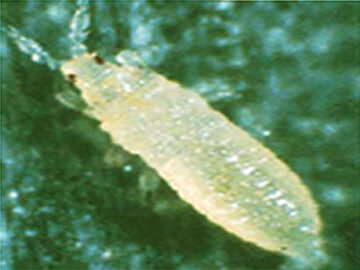
Nymph
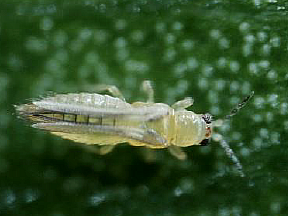
Adult
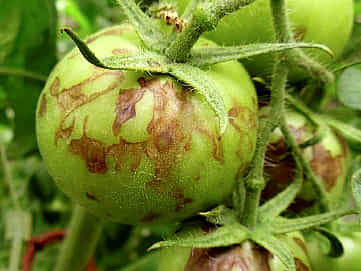
Symptom
Management
Striped mealybug
Symptoms of damage
Identification of pest
Crawler: Yellowish to pale white in colour
Adult: Females apterous, long, slender covered with white waxy secretion
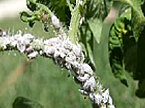
Mealy bug on tomato plants
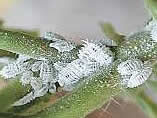
Mealy bug on tomato plants
Management
Phosphomidon 40 SL 2ml/lit
Imidacloprid 80.5 SC 0.6 ml/lit
Chlorpriphos 20 EC 2ml/lit
Thiamethoxam 25 WSG 0.6 mg/lit
Profenophos 2ml/lit
Red spider mite
Symptoms of damage
Identification of pest
Eggs: Hyaline, globular laid in mass
Nymphs: Yellowish in colour
Adult: Red coloured small sized

Infestation on tomato
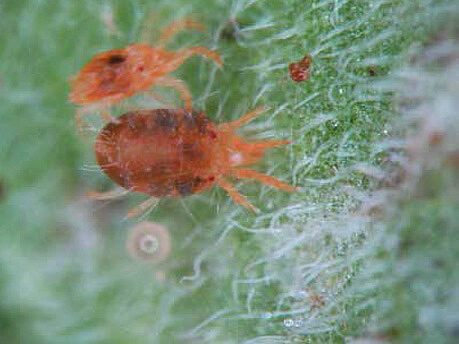
Red spider mite
Management
Pinworm
Symptoms of damage
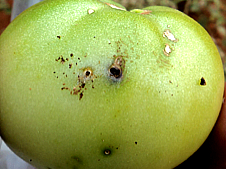
Pinhole in fruit
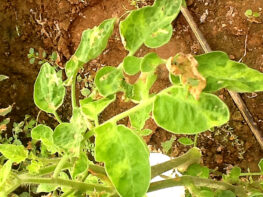
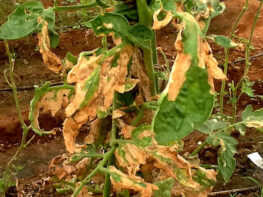
Symptoms
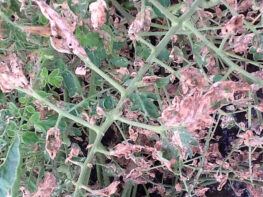
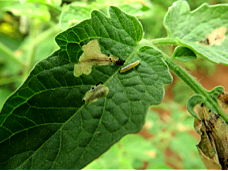

Larvae
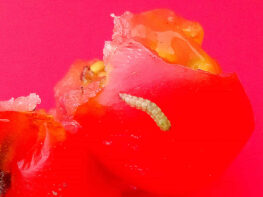
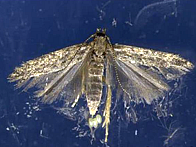
Adult
Management
Source: https://agritech.tnau.ac.in/
